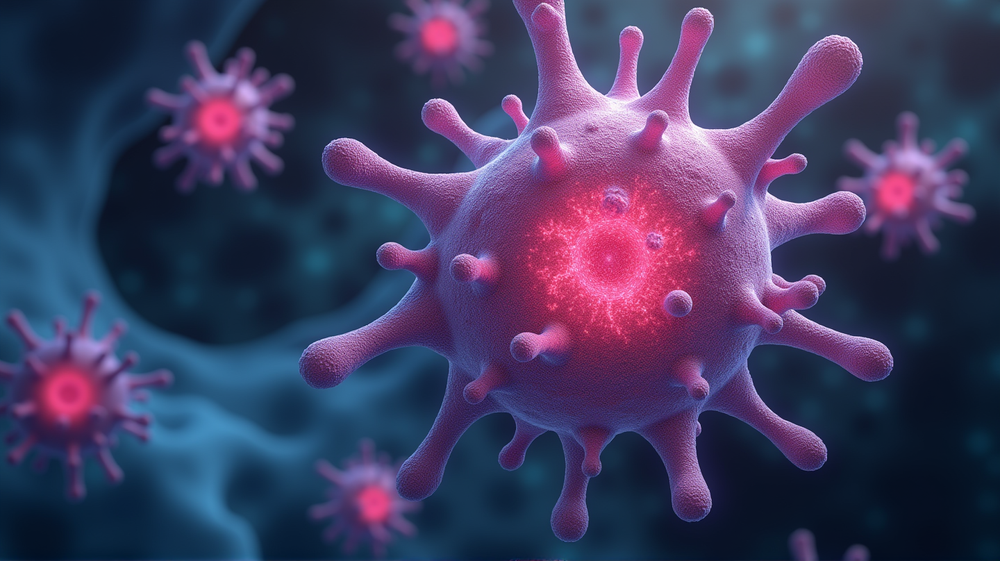Guardians of the Brain: How Mitochondrial Proteins May Hold the Key to Parkinson’s
In a groundbreaking study from Johns Hopkins Medicine, scientists delve into how a remarkable set of proteins acts as protective guardians for mitochondria, potentially providing new insights into the elusive mechanisms behind Parkinson’s disease.
Uncovering the Role of Mitochondrial Guardians
Johns Hopkins researchers have unearthed crucial details about proteins such as Parkin and PINK1, which shield mitochondria in our cells, especially the energy-producing neurons in the brain. These small organelles—often described as the powerhouses of the cell—are essential for energy storage, and their impairment could lead to neurodegenerative diseases like Parkinson’s.
The Balance Between Fusion and Stability
In an experiment with genetically engineered mice, the research team demonstrated the significance of these proteins. Under stress, mitochondria must strike a delicate balance in size and integrity. Parkin and PINK1 emerge as the key players, working in tandem to regulate this balance by facilitating fusion or degradation of the mitochondria when necessary.
Genetic Engineering Insights
The insights do not stop there. When researchers knocked out combinations of genes encoding Parkin, PINK1, and another protein, OMA1, known to suppress fusion upon stress, the resulting conditions in mice highlighted the pivotal role these proteins play. Mice exhibited movement problems and oversized mitochondria, shedding light on gene interactions that prevent mitochondrial dysfunction under normal conditions.
Exploring Cellular Responses
Interestingly, scientists found that mitochondria were not producing altered energy levels despite their size deviations. This anomaly led to discoveries about immune system responses, where excessive mitochondrial size prompted increased interferon releases, sparking inflammation and offering clues about cellular stress responses.
Looking Ahead in Parkinson’s Therapy
The research, according to Technology Networks, paves the way for more detailed studies, the objective being to unravel how mitochondrial DNA leaks influence cellular processes and identifies potential drug targets. As we inch closer to understanding these ‘guardians,’ Parkin and PINK1 may soon unlock new therapeutic avenues for treating Parkinson’s.
The implications of these findings could be vast, offering a glimmer of hope and new directions for unraveling the complex web of Parkinson’s disease pathogenesis and beyond.




